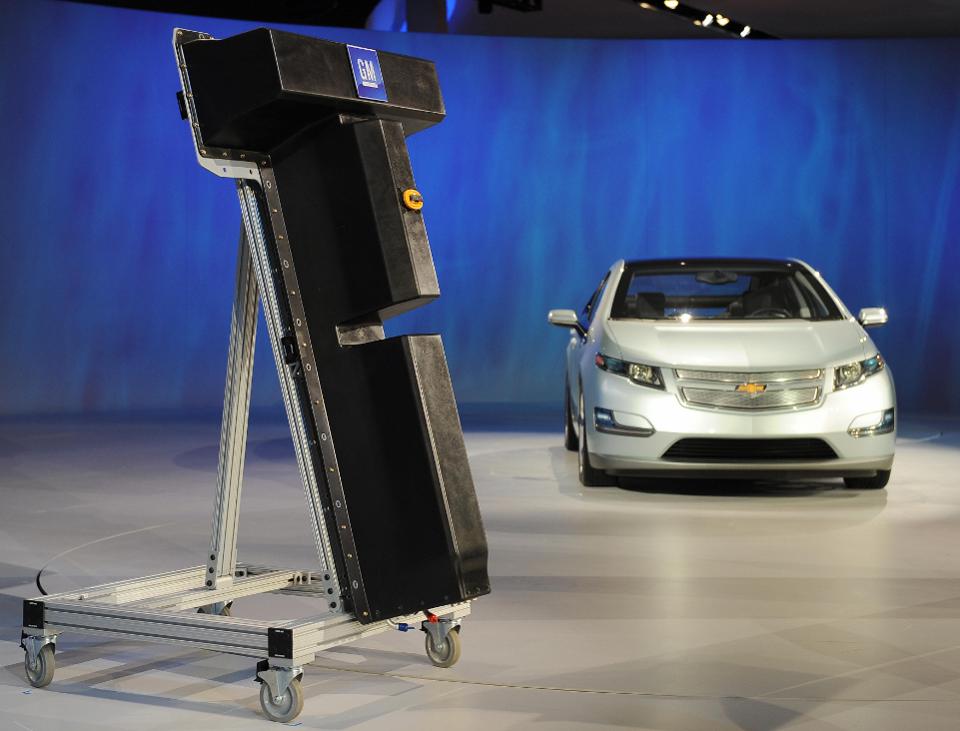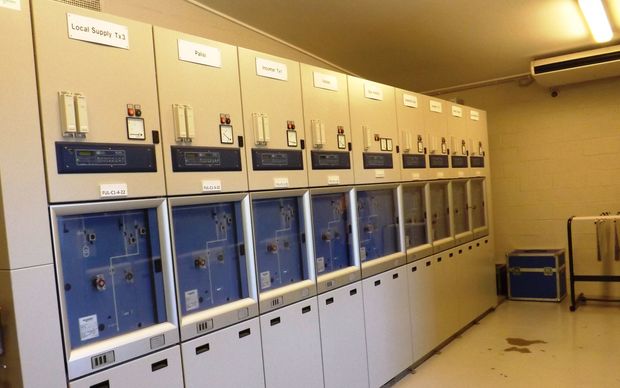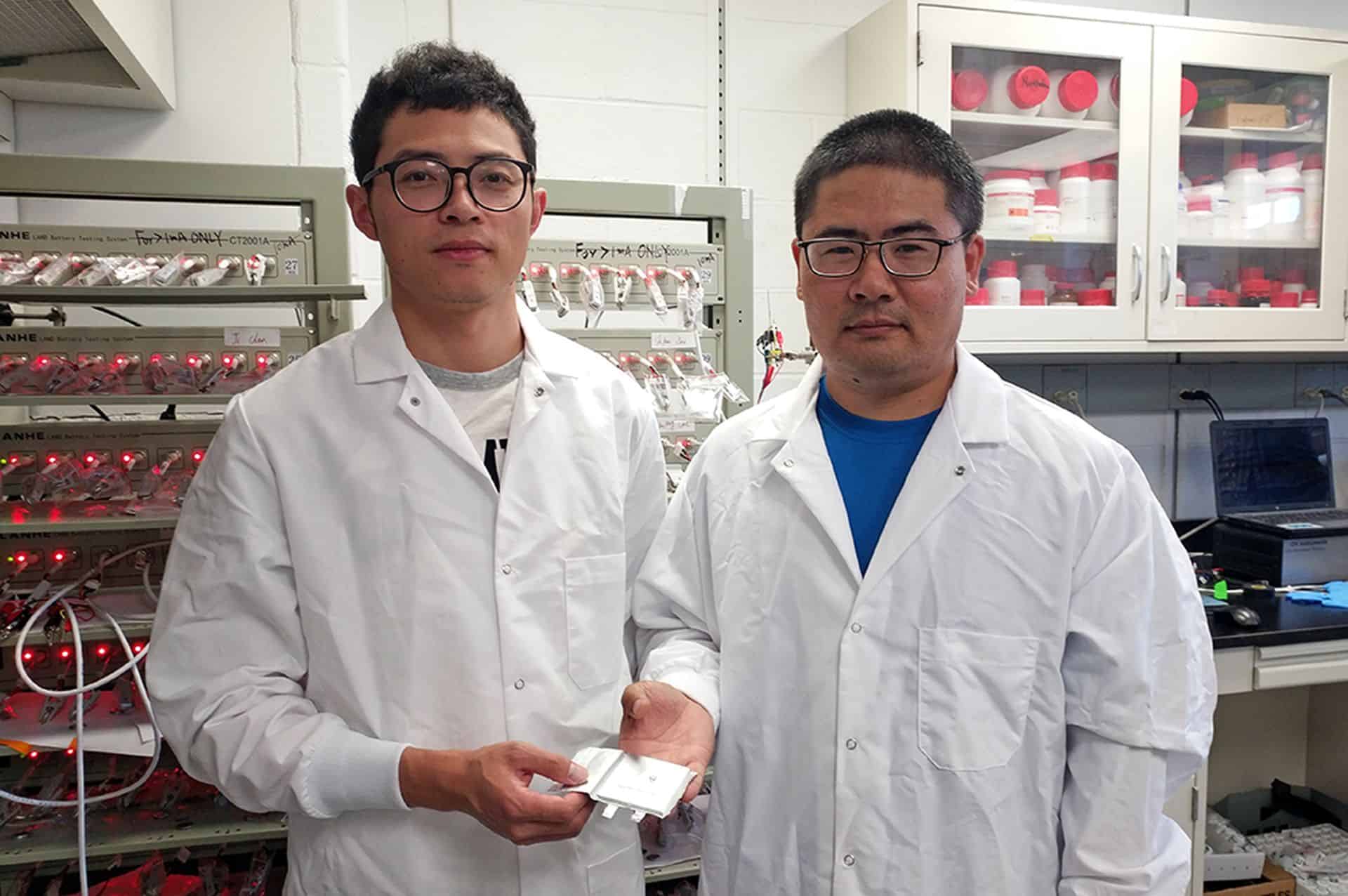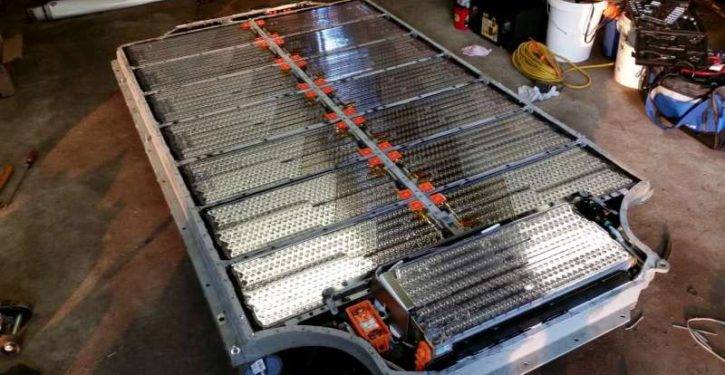
I first used the term “range anxiety” publicly in January of 2007 at the North American International Auto Show – NAIAS in Detroit during the unveiling of the Chevrolet Volt concept car, kicking-off the modern age of the electric drive vehicle. As such, I may be somewhat responsible for both the term’s overuse and misuse. Having interviewed many of the first electric vehicle users, primarily EV-1 drivers, in our development of the Volt concept, range anxiety was clearly a real malady that they suffered from, in spite of their deep love and hope for the freedom from gasoline that these new inventions provided. At far less than 100 miles of electric vehicle (EV) range, with both evolving batteries (lead-acid & nickel-metal-hydride) and minimal infrastructure, most trips had to be planned for and lifestyles had to adapt to the limitations of the vehicle, technology (Li-ion not yet used) and an underdeveloped ecosystem. During my years of testing many assorted electric drive vehicles, I too, have personally had bouts with range anxiety.
Range Anxiety Remedies?
What then are some of the recommended remedies for this condition? It certainly isn’t just adding more and more battery energy to the vehicle to match some conventional internal combustion engine vehicle range with a large gas tank as many recent automotive OEM claims for future product offerings suggest. Some helpful elixirs should include the following ingredients:
More cost-effective energy storage (kWh) in each vehicle battery pack
More charging infrastructure capacity and capability (higher power levels) as well as specific solutions for the home, workplace, multi-family dwellings, convenience, cities, corridor charging for longer distance trips, etc.
Vehicle on-board range extenders that generate electricity utilizing existing fuels/infrastructure (PHEV or EREV family of vehicles use this approach)
More efficient and light-weight vehicles and vehicle platforms
Multi-modal complementary transport systems and services coupled with personal-use EV’s that practically address urban and last-mile requirements
Battery swapping and supporting switch stations (interesting for buses, e-bikes, e-scooters)
To a great extent, many of the referenced ideas are being deployed and have dealt with much of the initial concerns expressed by the first EV pioneers. So, the range anxiety epidemic is being controlled for the most part as we now have more EV choices with ranges greater than 150 miles and approaching 250 miles at reasonable prices. Still more choices for customers would be helpful. Carlos Ghosn, leader of the Renault-Nissan-Mitsubishi alliance and long-time leading EV advocate says the magic number required is 188 miles of EV range for mass adoption and EV prices need to focus on being more competitive once this threshold is reached. “We have seen that consumers do not talk anymore about range or autonomy as long as you guarantee more than 300 kilometers (188 miles),” Ghosn said, “You could not have guessed this through studies. You had to have 500,000 (electric) cars on the ground to understand that consumers do not put autonomy on top of their concerns any more when you cross 300 km.” Ghosn refers to autonomy effectively as freedom from “range anxiety”.
A recent American Driving Survey indicated that the average US driver puts less than 30 miles/day on their passenger vehicle and EV’s drive even less according to an Idaho National Lab’s (INL) study. Daily travel is even less in most other countries around the world. Why is it that we continue to hear claims that larger and larger batteries are being planned for to provide more non-stop range for many future vehicles including passenger vehicles, commercial trucks, buses, etc.? For passenger vehicles, do we want to carry around all that extra battery everywhere we go just for those occasional longer distance trips? For a 60 kWh EV battery, the size and weight required to get about 225-250 miles of EV range on a single full charge, the pack weight comes in at nearly a 1/2 ton of battery! That large battery pack is being taken along for the ride each and every trip even when you are only driving your car for an hour or so a day. Most plug-in vehicles usually get a full charge overnight effectively adding range on a daily basis. I, for one, believe a mass-market personal use product does not require more than 250 miles of EV range, perhaps less. Certainly, different battery sizes can be offered for premium products or in special cases to meet customer needs that are willing to pay for more battery. Even Tesla, which offers the largest batteries/range in a premium personal use product has not found the road to on-going profitability as of yet (and has self-funded its own proprietary charging network). The search for the next battery breakthrough beyond Li-ion (solid-state, metal-air, lithium sulphur, etc.) is still uncertain and likely post-2025 for automotive applications. Auto companies are, nonetheless, making many future product announcements of ranges beyond 300 miles and even 400+, creating significant challenges in many other areas.

The Challenges of Solving the EV Range Problem with More Battery
Clearly the importance of providing adequate driving range and clever re-fueling options to customers is essential for the advancement of electric drive in many market segments. With global sales penetration well under 2%, much advancement must occur on many fronts for the EV evolution to turn into a revolution. So even as battery costs have steadily plummeted since 2010 when the Volt and Leaf were launched (the best packs are now approaching $200 per kWh or less with more incremental reductions expected post 2020), adding more battery as the solution for perceived range needs only adds more cost to the profitability-challenged electrified vehicle.
Major automotive OEM’s still struggle with replacing highly profitable product offerings (SUV’s, PU trucks, cross-overs, etc.) with electrified vehicles that for the most part are far from realizing sustainable profitability. We will likely never see many of the $35K Model 3 and for the leading OEM’s like Tesla, GM & Nissan, the eventual loss of the US Federal $7,500 tax credit will be another hurdle to overcome on the road to a more robust financial business model. The WSJ asserts, June 23, 2018, A Tesla Crackup Foretold that “the real problem is that governments everywhere have ordained that electric cars will be sold at a loss.” Adding additional fuel to the fire, “a pile-up of epic proportions” awaits the auto industry as investments necessary for an electric and autonomous future balloon just as market slows, according to June 2018 AlixPartners study.
Summary and Possible Way Forward
We are encouraged by the progress of Li-ion batteries in electric drive applications over the past decade with real improvements (>4X) in power & energy density as well as cost. In spite of these improvements, we recognize that continued cost and efficiency advances are still required to create a self-sustaining market where the technology works, the market demands it in volumes with appropriate prices that support viable business models. Striving for EV profits and leveraging the lower EV operating costs is paramount for future market success.
The solution does not reside in adding in more energy storage in the form of batteries into vehicles which add more cost, mass and technical challenges. It is concerning to many that for trucks, buses, semis and other commercial products that massive batteries are being proposed. Passenger vehicles continue to up the ante boasting their future plans for even bigger batteries when PHEV’s seem to work for customers today.
This problem requires addressing the entire ecosystem especially charging infrastructure/networks, intelligent grid technologies and specific solutions for cities vs. other regions. Perhaps Tesla’s “SuperCharger” network should partner with others adding this capacity for all plug-in cars. Given the low utilization rates of batteries in cars, there are many opportunities for investors and innovators to unlock this hidden value and also participate in the future growth of infrastructure projects that could feature some exciting technologies like autonomous and bi-directional power transfer. We will not see another Federal-Aid Highway Act of 1956 in support of EV charging infrastructure but policy support would be invaluable given investments required.
What is possible and necessary is to 1) take additional costs out of the automobile (i.e. less battery costs) to move EV’s to profitability and 2) to partner to build a supportive ecosystem (moving some product costs to assets) that can service millions of vehicles and result in many exciting products and businesses. It is not about who has the bigger battery but who best uses the EV battery and leverages the ecosystem in smarter ways and finds a way to drive green (profits and clean energy).





